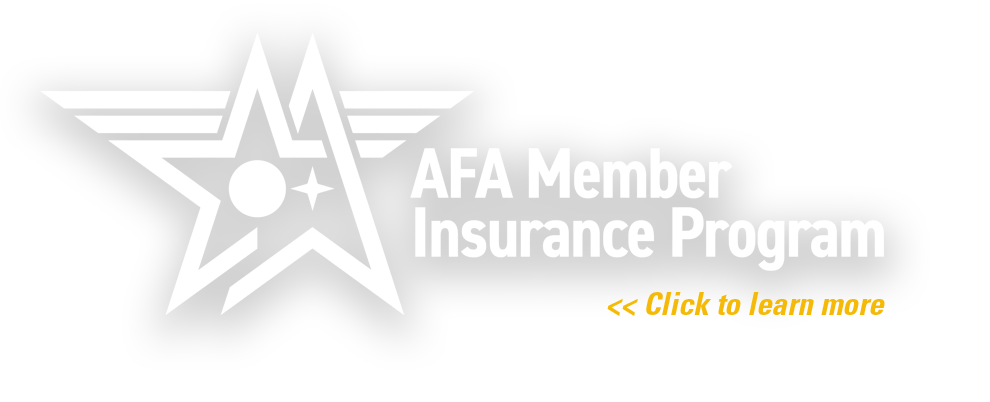
Boeing has won an $804 million Navy contract to develop the unmanned MQ-25 Stingray carrier-based tanker. Boeing photo by Eric Shindelbower.
Boeing has won an $804 million Navy contract to develop the unmanned MQ-25 Stingray carrier-based tanker. Initial operational capability is forecast for 2024, and at program completion, the Navy expects to have 72 of these aircraft on its carrier decks, for an expected program cost of $13 billion. The program may well prove to be a pathfinder for future Air Force tanking operations.
The Stingray—formally the Unmanned Carrier Aviation Air System, or UCAAS—is the Navy’s answer to the increasing range of adversary air defenses. It will extend the reach of manned carrier aircraft, allowing carriers to stand off farther away from their targets, out of range of ground-based missiles and aircraft such as those being fielded by China.
The aircraft is to be able to pass 14,000 pounds of fuel to a receiver aircraft at a distance of 500 miles from the carrier, and still be able to return to the ship. The range of the F-35 and F/A-18 could be increased about 50 percent with a dedicated MQ-25. The Navy’s concept is for MQ-25s to orbit the carrier at some range, topping off combat aircraft on their way to and from the target.
Boeing won with a conventional fuselage-wing-tail design, besting two other competitors for the contract: Lockheed Martin, which was offering its Sea Ghost flying-wing concept, and General Atomics, proposing its Sea Avenger variant of its Avenger remotely piloted aircraft. Northrop Grumman, considered a favorite for the contract because of its pioneering work on the X-47 series of aircraft, withdrew from the competition last year. The X-47 was the first unmanned aircraft to make autonomous takeoffs and landings from an aircraft carrier, and the first to perform an aerial refueling, as the receiver aircraft.
The win makes Boeing the defacto “America’s Tanker Company,” as it is also the prime contractor for the Air Force’s KC-46 tanker, which is a much larger and conventional platform based largely on the 767 airliner/cargo aircraft.
The win gives Boeing a potential leg up on a future Air Force tanker program beyond the KC-46. Gen. Carlton Everhart, head of Air Mobility Command, told reporters at AFA’s 2016 Air, Space & Cyber Conference the service was re-scoping its planned three-stage tanker modernization plan. The KC-X and KC-Y programs would likely both be met by the KC-46, but for the KC-Z, Everhart suggested a stealthy, unmanned aircraft that could escort manned fighters and bombers would probably be needed. The idea, he said, was to allow USAF aircraft to operate from land bases out of range of enemy missiles and extend the reach of Air Force aircraft. The “theme” of Air Force acquisition strategy for the last several years has been to cope with a growing “anti-access, area denial” problem posed by longer-range adversary systems.
“We want to jump to the KC-Z … in the 2030-2035 timeframe,” Everhart said at the time.
The KC-X program completes in 2027, when Boeing is supposed to deliver the 179th KC-46. Everhart said the KC-Y program, which follows immediately after, would likely be a “bridge” buy of KC-46s, until the KC-Z could be ready.
He said the tankers bought for KC-Y would likely offer some improvement on the KC-46 in the form of communications relays or laser defenses that could shoot down incoming missiles. Boeing is already at work on a KC-46 improvement program, even though the first operational aircraft have yet to be delivered.
Everhart did not discuss the KC-Z’s size, capacity, or how many might be needed, but he did say he was starting talks with industry. Air Force officials have reported that the service has had at least “observers” on the Navy’s evolving unmanned carrier-based aircraft programs.
Chief of Naval Operations Adm. John Richardson called the Stingray contract “historic,” marking a “dramatic shift in the way we define” combat requirements, “work with industry, integrate unmanned and manned aircraft, and improve the lethality of the air wing.”
The route to the MQ-25 took many twists and turns. The Navy and Air Force worked together on the Unmanned Combat Air Vehicle program in the 2000s, but the Air Force publicly dropped out of that effort. The Navy pressed on with the Unmanned Carrier-Launched Airborne Surveillance and Strike (UCLASS) program, at one time even eyeing it as an alternative to the F-35. The UCLASS would have had capabilities in intelligence, surveillance, and reconnaissance, strike, as well as potentially in aerial refueling, but the program became overloaded with requirements from various stakeholders in the Navy and other parts of the Pentagon. The Navy dropped UCLASS in 2016, shifting focus to the tanker mission.
Industry sources have reported that the Air Force didn’t actually give up on the UCAV, but simply shifted the effort to a secret, or “black” program potentially adaptable to the tanker mission.
Boeing alone among the MQ-25 competitors built an all-up flying prototype. General Atomics used its Avenger for deck-handling demonstrations.

